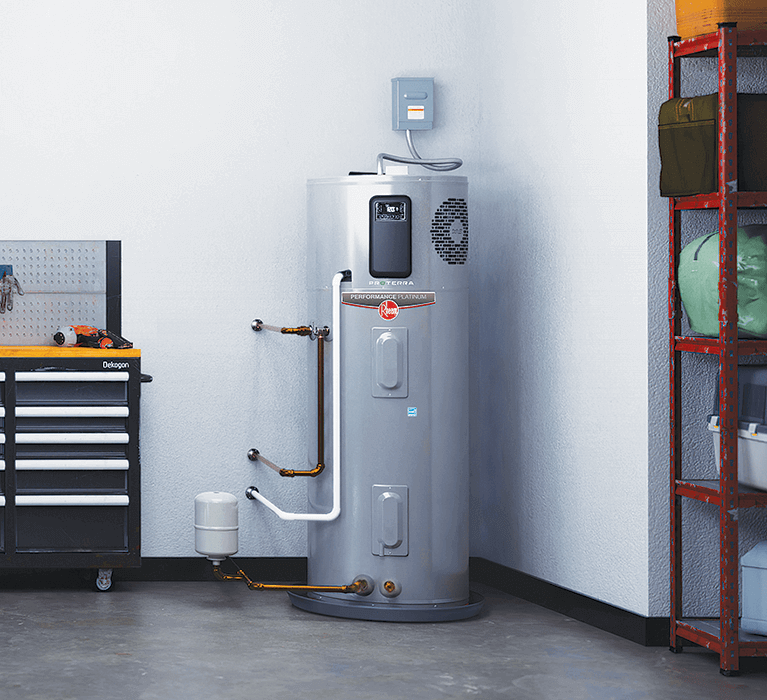Expert Guidance on Caring for Your Home's Hot Water System
Expert Guidance on Caring for Your Home's Hot Water System
Blog Article
The publisher is making a few good pointers regarding What Kind of Maintenance Do Water Heaters Need? in general in this great article in the next paragraphs.

Hot water is necessary for day-to-day convenience, whether it's for a refreshing shower or washing meals. To guarantee your warm water system runs successfully and lasts longer, regular maintenance is crucial. This post gives sensible tips and insights on exactly how to preserve your home's warm water system to stay clear of disturbances and costly repairs.
Intro
Keeping your home's warm water system could appear daunting, but with a couple of straightforward actions, you can guarantee it operates smoothly for years to come. This overview covers every little thing from recognizing your warm water system to DIY maintenance tips and recognizing when to call specialist assistance.
Significance of Maintaining Your Warm Water System
Routine maintenance not only prolongs the lifespan of your hot water system but also ensures it operates efficiently. Neglecting upkeep can bring about lowered performance, greater power expenses, and even premature failing of the system.
Indications Your Hot Water System Requirements Maintenance
Knowing when your warm water system requires focus can stop major issues. Look out for signs such as irregular water temperature level, odd noises from the heater, or rusty water.
Purging the Hot Water Heater
Flushing your hot water heater gets rid of sediment buildup, improving performance and lengthening its life.
Monitoring and Replacing Anode Rods
Anode rods protect against rust inside the storage tank. Inspecting and changing them when worn is essential.
Complex Concerns Needing Specialist Assistance
Instances include major leakages, electrical issues, or if your hot water heater is consistently underperforming.
Routine Specialist Upkeep Conveniences
Professional upkeep can consist of comprehensive assessments, tune-ups, and ensuring conformity with safety requirements.
Evaluating and Changing Temperature Level Settings
Readjusting the temperature settings makes certain optimal efficiency and security.
DIY Tips for Maintenance
You can execute several upkeep jobs yourself to maintain your warm water system in top problem.
Checking for Leaks
Consistently examine pipelines and links for leaks, as these can cause water damages and higher expenses.
Recognizing Your Hot Water System
Before diving right into upkeep tasks, it's valuable to recognize the basic components of your hot water system. Usually, this consists of the water heater itself, pipelines, anode poles, and temperature controls.
Month-to-month Maintenance Tasks
Routine monthly checks can assist catch small issues prior to they rise.
Evaluating Pressure Alleviation Valves
Testing the stress relief valve guarantees it functions appropriately and avoids too much pressure build-up.
Insulating Pipelines
Insulating warm water pipes minimizes warmth loss and can save power.
When to Call a Professional
While DIY upkeep is useful, some problems require expert expertise.
Final thought
Normal maintenance of your home's warm water system is essential for effectiveness, long life, and cost financial savings. By adhering to these suggestions and understanding when to look for professional assistance, you can make certain a reputable supply of warm water without unanticipated disruptions.
How to Maintain an Instant Hot Water Heater
Before tinkering with your hot water heater, make sure that it’s not powered on. You also have to turn off the main circuit breaker and shut off the main gas line to prevent accidents. Also turn off the water valves connected to your unit to prevent water from flowing into and out of the appliance. 2. When you’re done, you have to detach the purge valves’ caps. These look like the letter “T†and are situated on either side of the water valves. Doing so will release any pressure that has accumulated inside the valves while at the same time avoid hot water from shooting out and burning your skin. 3. When the purge valves’ caps are removed, you have to connect your hosing lines to the valves. Your unit should have come with three hoses but if it didn’t, you can purchase these things from any hardware or home repair shops. You can also get them from retail stores that sell water heating systems. Read the user’s manual and follow it to complete this task properly. When the hosing lines are connected, open the purge port’s valves. 4. You should never use harsh chemical cleaners or solutions when cleaning your unit. Make use of white vinegar instead. It should be undiluted and you’ll probably use about 2 gallons. 5. Now flush your water heater. This task should probably take about 40 minutes. We can’t give you specific directions for this because the procedure is carried out depending on the type, model and brand of your heater. With that being said, refer to the user’s manual. 6. When you’re done draining the unit, you have to turn off the purge port valves again. Remove the hosing lines that you earlier installed on each of the water valves. Put the valve caps (purge port) back in their respective places and be very careful so as not to damage the rubber discs that are found inside these caps. 7. Now that everything’s back in place, check your user’s manual again to find out how to reactivate your water heating system. 8. Once it is working, turn one of your hot water faucets on just to let air pass through the heater’s water supply pipes. Leave the tap on until water flows smoothly out of it. https://www.orrplumbing.com/blog/2014/september/how-to-maintain-an-instant-hot-water-heater/

I was guided to that report on How to Maintain a Hot Water Heater in a Few Simple Steps through a friend on our other site. Feel free to pause to promote this post if you liked it. I appreciate your readership.
Request An Estimate Report this page